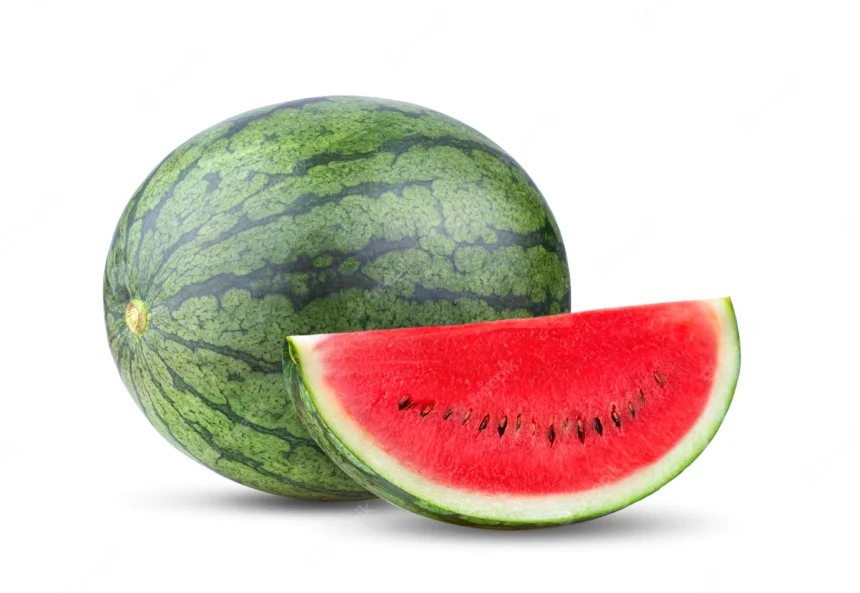Gummy stem blight, also known as black rot, is a fungal disease that affects watermelon plants. It can cause significant damage to the foliage, stems, and fruit, leading to reduced yield and poor fruit quality. Here are some symptoms of gummy stem blight that you should look out for in watermelons:
- Leaf Lesions: The disease initially appears as small, dark brown to black lesions on the leaves. These lesions can be circular or elongated and may have a water-soaked appearance.
- Stem Cankers: As the disease progresses, it can cause cankers on the stems. The cankers are sunken, dark brown to black, and may exude gummy substances. The affected stems may become weak and may eventually girdle, leading to wilting and death of the plant beyond the canker.
- Fruit Rot: Gummy stem blight can also affect the watermelon fruit. Infected fruit may develop circular or irregularly shaped sunken lesions that are dark brown to black. The lesions may be covered with a gummy exudate. As the disease advances, the rot can spread, causing the fruit to decay completely.
- Vines and Runners: The disease can affect the vines and runners of the watermelon plant. Infected vines may show dark brown to black lesions, leading to wilting and decline of the affected parts.
- Leaf Yellowing and Defoliation: In severe cases, gummy stem blight can cause yellowing and wilting of the leaves, eventually leading to defoliation. This can significantly impact the plant’s ability to photosynthesize and produce healthy fruit.
It’s important to note that other diseases and environmental factors can cause similar symptoms in watermelons. If you suspect gummy stem blight, it is advisable to consult with a local agricultural extension service or plant disease specialist for a proper diagnosis and appropriate management strategies.
Join 'Farmers Mag' WhatsApp Channel
Get the latest Farming news and tips delivered straight to your WhatsApp
CLICK HERE TO JOIN






